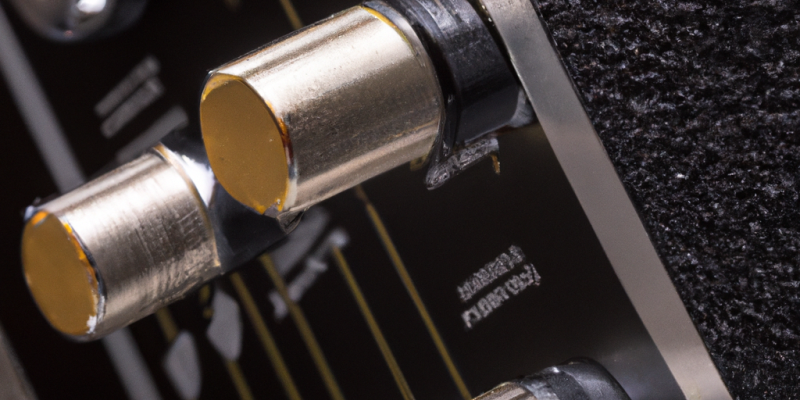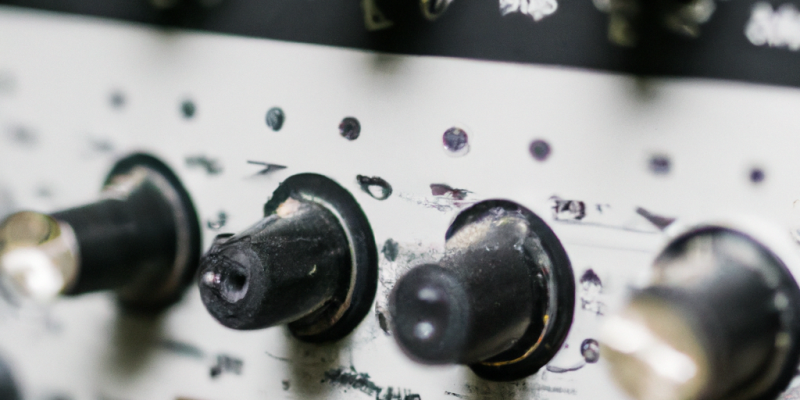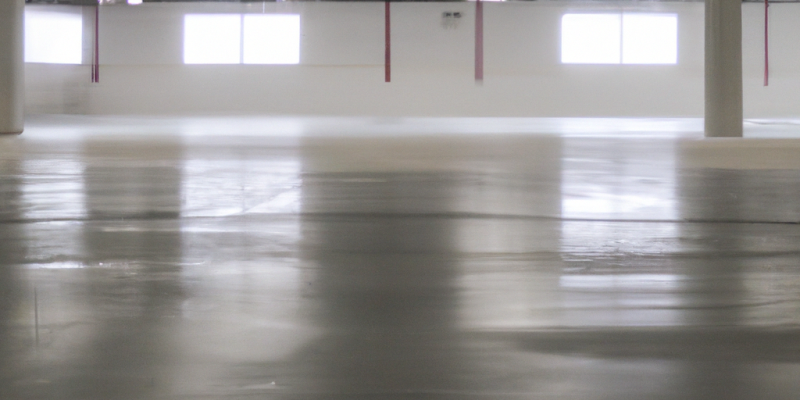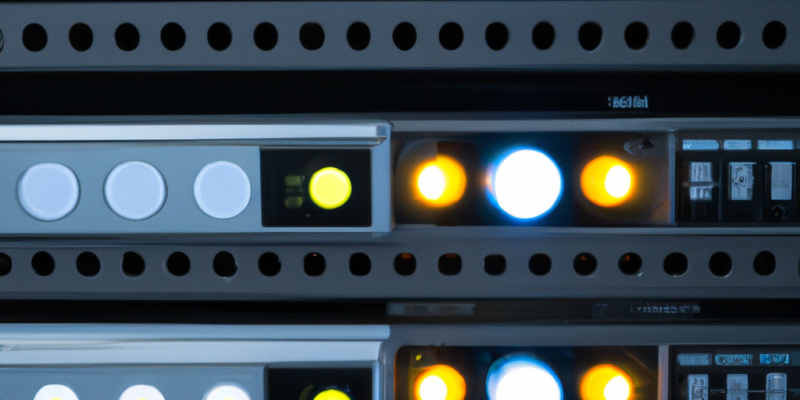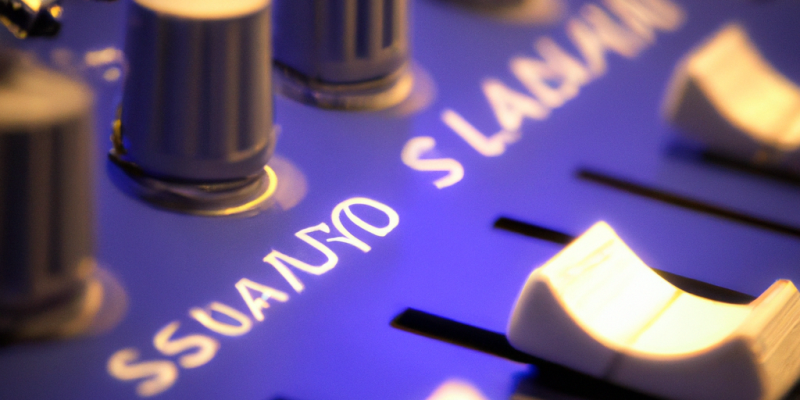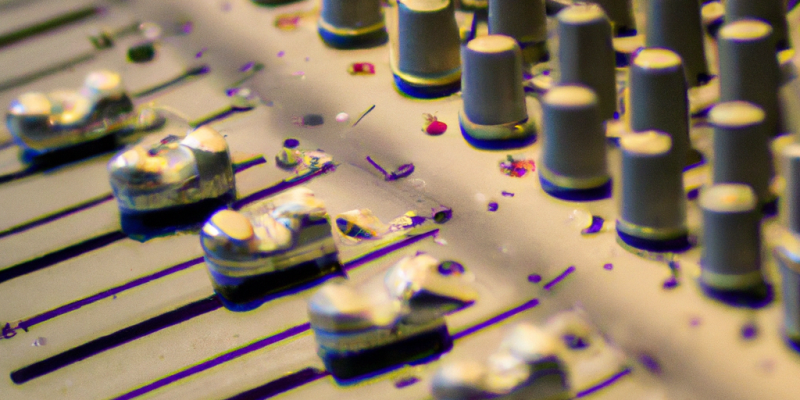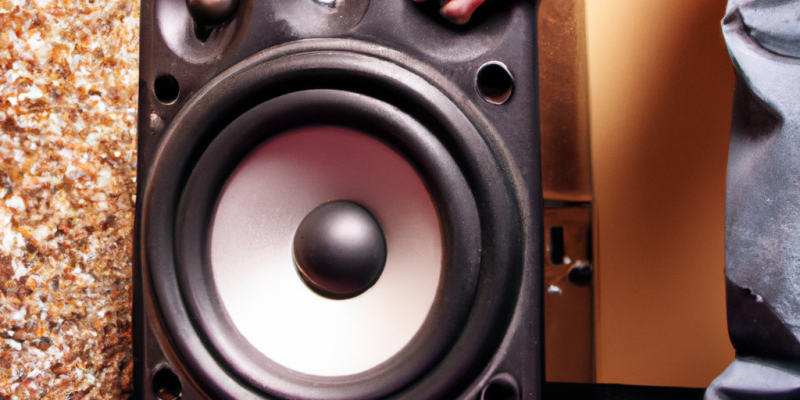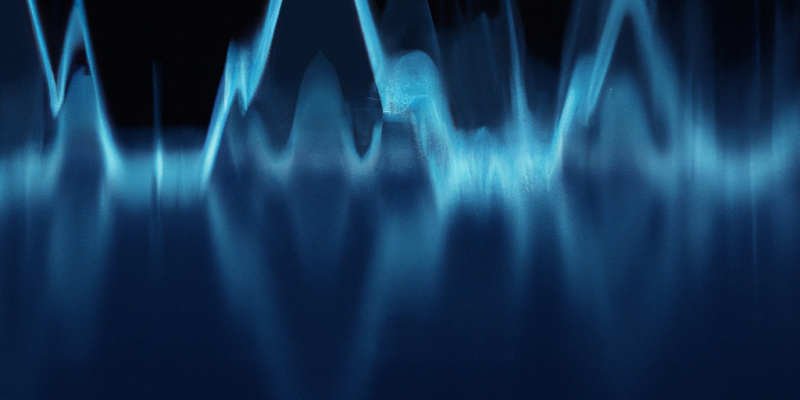
Music & Audio Engineering
There's nothing quite like the energy of a live music event, and radio outside broadcasts are a great way to bring that excitement to your listeners. These broadcasts can take many forms, from a simple remote broadcast from a concert venue to a multi-day festival with live performances and interviews with artists.
Parallel compression, also known as "New York compression" or "ducking compression," is a mixing technique that involves blending a compressed version of a track with the original, uncompressed track. This allows you to achieve a punchy and dynamic mix while preserving the character and transient details of the original track.
Master buss compression, also known as "bus compression" or "group compression," is a powerful mixing technique that can help bring cohesion and balance to your mix. It involves applying compression to the overall mix, rather than individual tracks, in order to even out the levels and create a cohesive sound.
Pre-delay is an often overlooked but powerful tool that can add space and dimension to your reverb. It's a feature found on many reverb plug-ins that allows you to add a delay before the reverb effect is applied. This can help create a sense of space and distance in your mix, making it sound more immersive and realistic.
Audio over IP (AoIP) is a technology that allows audio signals to be transmitted over a network, such as a LAN or the internet. This technology is becoming increasingly popular in the broadcasting and professional audio industries, as it offers many advantages over traditional analog audio transmission methods.
IPTV (Internet Protocol Television) has become a popular way to access television content over the internet. However, setting up an IPTV network can be a complex process, especially when it comes to VLANs (Virtual Local Area Networks).
Mixing the audio of a live music event for broadcast requires a different approach than mixing audio for a live audience.
EQ, or equalisation, is a powerful tool that can be used to adjust the balance of frequency in audio. It's a fundamental aspect of audio mixing and mastering, and can be used in both professional and personal settings. In this blog post, we will discuss how to use EQ for work and pleasure.
K-System metering is a standardised method of measuring and setting audio levels that was developed by German mastering engineer and producer, Bob Katz.
Studio monitors are an essential tool for any recording or production studio, providing accurate and precise sound reproduction for mixing and mastering. However, setting up studio monitors correctly can be a tricky task, and even a small mistake can result in an inaccurate and unsatisfying sound. In this blog post, we will discuss some tips and techniques for setting up studio monitors for the best sound.
In today's world, streaming audio over 4G networks has become increasingly popular as it allows for remote audio streaming in places where wired connections are unavailable. However, streaming audio over 4G networks can be a challenging task, especially when it comes to maintaining a stable and high-quality audio stream.
AES67 is a standard for high-quality audio over IP (Internet Protocol) networks, developed by the Audio Engineering Society (AES). The standard defines a set of protocols and specifications for transmitting audio over IP networks in a way that is compatible with existing professional audio equipment.
Quality of Service (QoS) is a set of techniques used to manage and prioritise network traffic in order to ensure that important traffic gets the bandwidth it needs while less important traffic is limited.
When designing your studios, or considering an upgrade, is it worth the extra cost to go digital?

